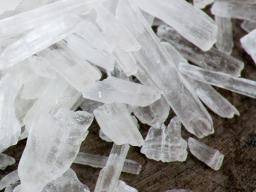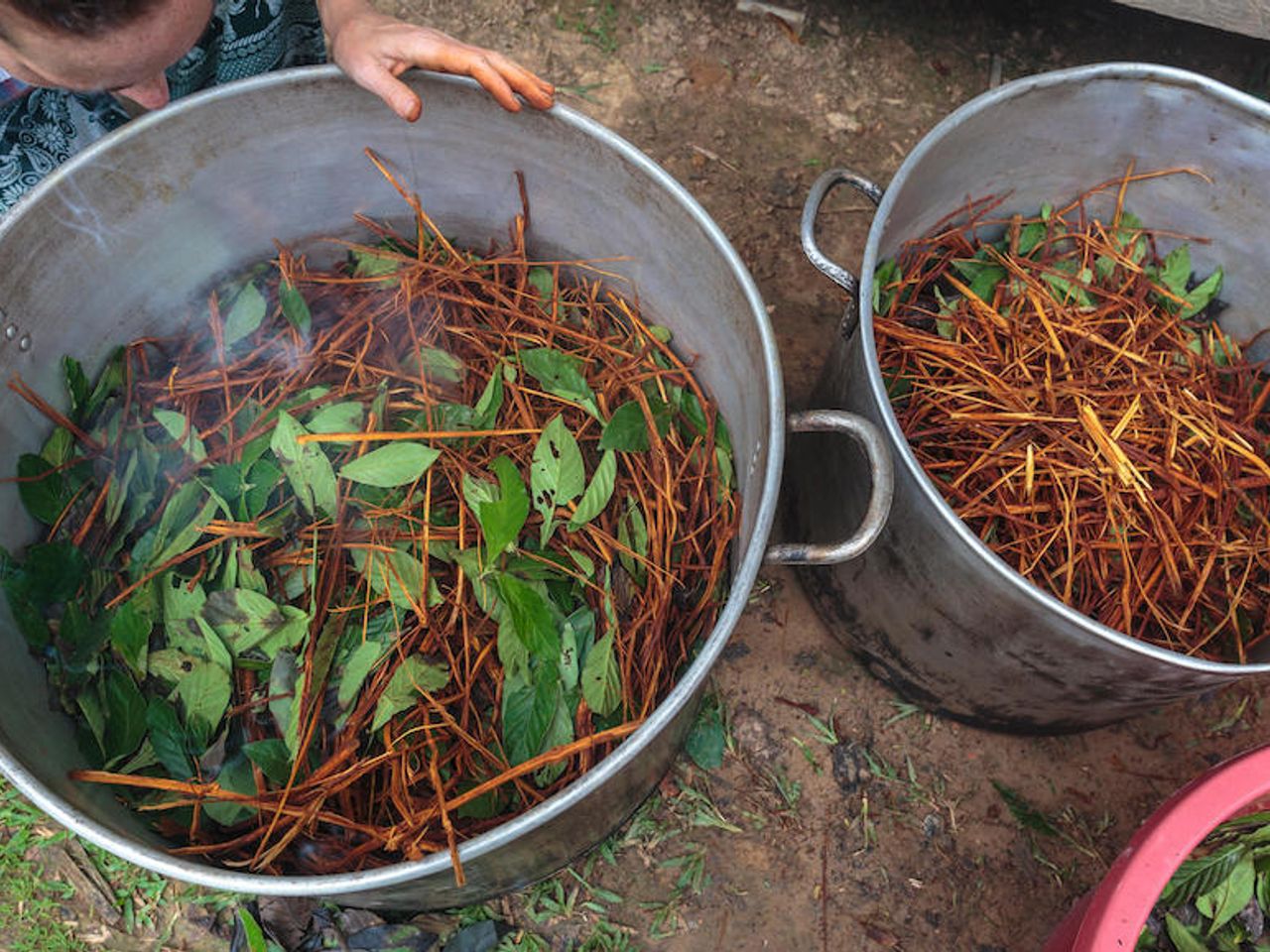 As a public school student during the "War on Drugs", I listened to police officers and health
As a public school student during the "War on Drugs", I listened to police officers and health educators warn us about drugs. In middle school, we were asked to write a pledge to never do drugs and recite it to ourselves. We all ended up using drugs at some point - recreationally or not. The government's biased approach to drug education misinformed us about the real virtues and evils of drugs. This post is my contribution to a conversation that needs more attention, starting with the confusion around the word "drug" and concluding with the benefits of certain drugs, particularly psychedelics.
The problem begins with the word "drug". It is an umbrella term for a cornucopia of substances that alter our physiology, ranging from harmless (e.g. caffeine, marijuana, sildenafil) to lethal (e.g. alcohol, cocaine, oxycodone) and everything in between (e.g. nicotine, MDMA, anabolic steroids). The classification of drugs into legal statuses further compounds the problem, giving people the false impression that pharmaceuticals are safe and narcotics (e.g. Schedule I drugs) are fatal. However, many legal drugs (including sugar) kill and ruin more lives than all of the illegal ones combined. This legal-illegal distinction is misleading and can cause more harm than good.
Health teachers might recognize this distinction and admit that certain illicit drugs are relatively harmless. Nevertheless, they apprise that the innocuous ones are gateway drugs that inevitably lead to poison. If there is any truth to drugs - say marijuana - being gateways to dangerous ones, it is that after smoking (or ingesting) marijuana, many people realize that so-called authorities on drugs were either misinformed or lying about the associated health risks. Such a revelation can be poignant after a life-altering, positive experience with LSD or ecstasy. These disillusioned psychonauts wonder what other illegal drugs cause more good than harm, possibly experimenting with toxic ones (e.g. methamphetamine, heroin, crack).
 |
| Methamphetamine is one of the three most commonly abused drugs among the homeless. It (or its variant) is also used to treat ADHD and obesity. |
What are the benefits of certain drugs? Consider psychedelics (e.g. LSD, psilocybin) and empathogens (e.g. MDMA, MDA). After decades of prohibition, there has been a resurgence of medical research on their benefits for treating anxiety, depression, and addiction. (Professor Roland Griffiths at the Johns Hopkins University School of Medicine is a leader in this field.) Not only are there clinical studies on the effectiveness of LSD, MDMA, and psilocybin on helping patients, the majority of people who have used psychedelics reported that some of their psychedelic experiences were among the top three most important experiences in their lives (akin to witnessing the birth of a child). (How many of us would say that about caffeine, tobacco, or alcohol?) Even a single psychedelic experience, permanently increases one's openness (as defined in the Big Five personality test) by one standard deviation.
 |
| DMT is one of the active ingredients in ayahuasca. |
Americas but also elsewhere) have used dimethyltryptamine (DMT), mescaline, salvia divinorum, and psilocybin for centuries (and still use them) in order to be in communion with nature, strengthen human relationships, and achieve awakening. A spiritual chaperone such as a shaman would guide participants through these rituals; the concoctions are potent and can lead to "bad trips" for the practitioners. One does not need to consume these substances to improve in the aforementioned domains but can use them as aids to explore the range of conscious experience.
In America, some youth have family members who can educate them about drug use. Many do not. My Korean parents had limited exposure to illicit drug use and were not educated about them. When I was in school, they never spoke to me about drugs, and they assumed that I was not engaged in illegal drug use. Years later, when I broach the subject with them, they are mystified. Those discussions, as well as reported cases of drug use from people I know, motivated me to write this post. I hope open, honest discourse about this topic eliminates needless suffering and advances human well-being.
For more thoughts on this subject, please listen to "Drugs and the Meaning of Life" from the Making Sense podcast.
Interesting view on the War on Drugs, Lester! I agree the abstinence is not the right approach (we also see examples of this via sex education here in the US). Let's be real, if kids are told to not do something, it means that they are that much more motivated to do so. An example of a better system for drug regulation is Amsterdam, in my opinion. They know that people are going to do drugs (using the term loosely here), and realize that the only way to regulate people's safety is to create more knowledge about the matter.
ReplyDeleteInteresting read, thanks for sharing!